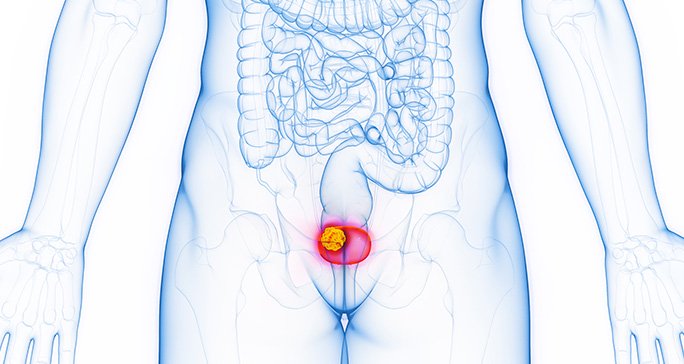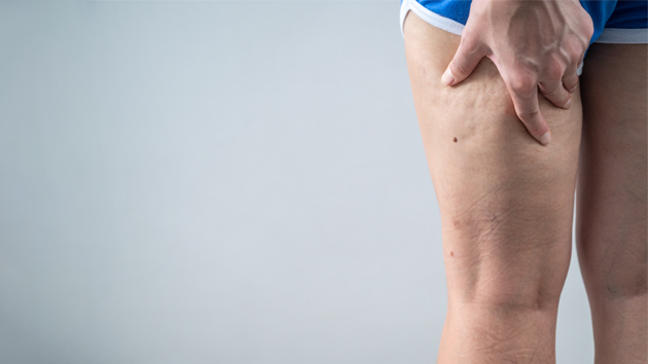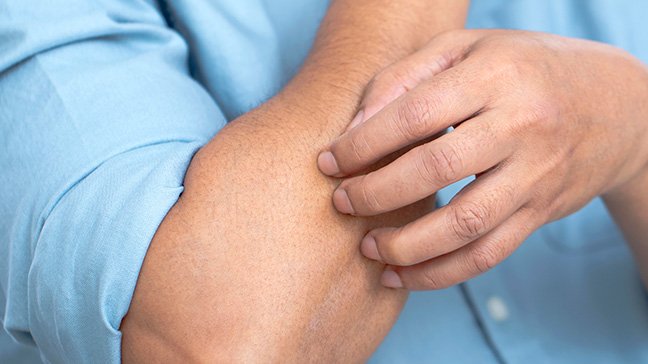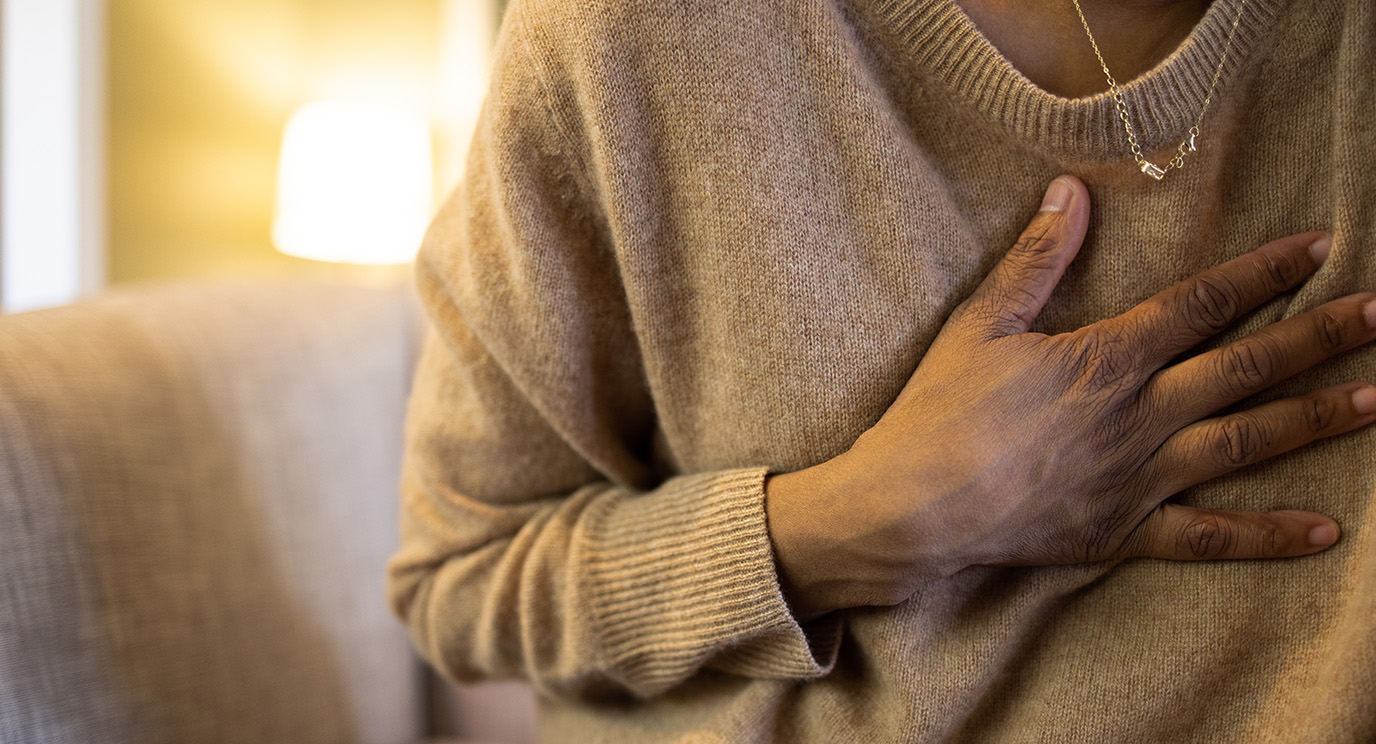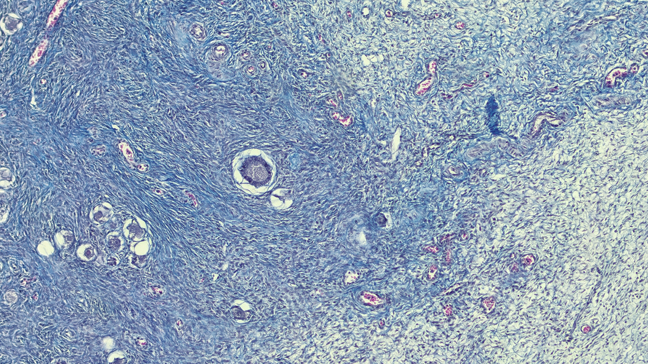- Diseases
- Acoustic Neuroma (16)
- Adrenal Gland Tumor (24)
- Anal Cancer (70)
- Anemia (2)
- Appendix Cancer (18)
- Bile Duct Cancer (26)
- Bladder Cancer (74)
- Brain Metastases (28)
- Brain Tumor (234)
- Breast Cancer (728)
- Breast Implant-Associated Anaplastic Large Cell Lymphoma (2)
- Cancer of Unknown Primary (4)
- Carcinoid Tumor (8)
- Cervical Cancer (164)
- Colon Cancer (168)
- Colorectal Cancer (118)
- Endocrine Tumor (4)
- Esophageal Cancer (44)
- Eye Cancer (36)
- Fallopian Tube Cancer (8)
- Germ Cell Tumor (4)
- Gestational Trophoblastic Disease (2)
- Head and Neck Cancer (14)
- Kidney Cancer (130)
- Leukemia (342)
- Liver Cancer (50)
- Lung Cancer (286)
- Lymphoma (278)
- Mesothelioma (14)
- Metastasis (30)
- Multiple Myeloma (100)
- Myelodysplastic Syndrome (60)
- Myeloproliferative Neoplasm (6)
- Neuroendocrine Tumors (16)
- Oral Cancer (102)
- Ovarian Cancer (178)
- Pancreatic Cancer (162)
- Parathyroid Disease (2)
- Penile Cancer (14)
- Pituitary Tumor (6)
- Prostate Cancer (150)
- Rectal Cancer (58)
- Renal Medullary Carcinoma (6)
- Salivary Gland Cancer (14)
- Sarcoma (238)
- Skin Cancer (302)
- Skull Base Tumors (56)
- Spinal Tumor (12)
- Stomach Cancer (66)
- Testicular Cancer (28)
- Throat Cancer (92)
- Thymoma (6)
- Thyroid Cancer (100)
- Tonsil Cancer (30)
- Uterine Cancer (86)
- Vaginal Cancer (18)
- Vulvar Cancer (22)
- Cancer Topic
- Adolescent and Young Adult Cancer Issues (22)
- Advance Care Planning (12)
- Biostatistics (2)
- Blood Donation (18)
- Bone Health (8)
- COVID-19 (360)
- Cancer Recurrence (120)
- Childhood Cancer Issues (120)
- Clinical Trials (628)
- Complementary Integrative Medicine (22)
- Cytogenetics (2)
- DNA Methylation (4)
- Diagnosis (240)
- Epigenetics (6)
- Fertility (62)
- Follow-up Guidelines (2)
- Health Disparities (14)
- Hereditary Cancer Syndromes (128)
- Immunology (18)
- Li-Fraumeni Syndrome (8)
- Mental Health (122)
- Molecular Diagnostics (8)
- Pain Management (62)
- Palliative Care (8)
- Pathology (10)
- Physical Therapy (18)
- Pregnancy (18)
- Prevention (940)
- Research (390)
- Second Opinion (78)
- Sexuality (16)
- Side Effects (616)
- Sleep Disorders (10)
- Stem Cell Transplantation Cellular Therapy (216)
- Support (408)
- Survivorship (330)
- Symptoms (182)
- Treatment (1794)
My body changes during pregnancy were rectal cancer symptoms
5 minute read | Published October 14, 2020
Medically Reviewed | Last reviewed by an MD Anderson Cancer Center medical professional on October 14, 2020
I was pregnant with my second child when I began having constipation. It turned out to be my first symptom of rectal cancer, but I didn’t know that at the time.
Each night, I’d wake up with an urgent need to go to the restroom. But then I’d sit on the toilet, unable to empty my bowels all the way. It was annoying and interfered with my sleep. My obstetrician explained that when a woman is pregnant, her expanding uterus takes up valuable space normally occupied by the bowel, which can make using the restroom difficult. I wasn’t alone, he said. Many mothers-to-be have this problem.
Somewhere along the way, I began noticing a small amount of bright red blood in my stool. I wasn’t overly concerned. I had always thought blood was a sign of hemorrhoids, which I had during my first pregnancy. I also noticed my stools began to change shape. They were longer and thinner, but I chalked all this up to pregnancy-induced changes in my body.
One day, I received a phone call from my obstetrician’s office telling me my routine bloodwork showed I was seriously anemic. I’d been feeling extremely run down, but I was pregnant and chasing a toddler, so of course I was tired! I explained that I’m a vegetarian. My doctor prescribed an iron supplement, and my iron levels returned to normal.
My rectal cancer diagnosis
The rest of my pregnancy was uneventful, and in August 2018, I gave birth to Ada, a beautiful and healthy baby girl. I still had constipation, but chalked it up to my body’s post-partum changes.
I also had begun to notice that some foods were upsetting my stomach, and that I was losing weight without trying. I’d heard that weight just “falls off” when you’re breastfeeding.
“Lucky me, I’m losing my pregnancy weight,” I thought.
Overall, I felt healthy. Six weeks after giving birth, I returned to spin class and started jogging again.
In December 2018, my kids and I flew from our home in Florida to visit my family in Louisiana for the holidays. By the time our plane landed, my hemorrhoids were flaring up, or so I thought. None of the traditional remedies helped. By Dec. 20, I was in so much pain that I went to the emergency room, where I had a CT scan, an MRI and a colonoscopy.
Sixteen hours later, the doctor held my hand and told me I had stage IIIc rectal cancer. It had spread to my uterus, cervix and vagina.
I cried. I asked if I would die. The doctor said no. “Good,” I told him, “because I have two babies at home and can’t.”
My rectal cancer treatment: chemotherapy, radiation therapy and surgery
Treating advanced rectal cancer like mine would be complicated, the doctor who performed my colonoscopy warned. It would require specialists in gastroenterology and gynecology. He urged me to go to MD Anderson. “That’s where you need to be,” he said.
Days later, I arrived in Houston for a consultation with gastrointestinal medical oncologist Arvind Dasari, M.D. He prescribed four rounds of a combination chemotherapy regimen called FOLFOX, which includes the drugs folinic acid, fluorouracil and oxaliplatin. I soon would be having surgery, and the aim of the chemotherapy was to shrink the tumor to make it easier for the surgeon to get all the cancer out.
Once the tumor had shrunk, Dr. Dasari referred me to colorectal surgeon Y. Nancy You, M.D. But instead of performing surgery right away, Dr. You referred me to radiation oncologist Bruce Minsky, M.D., because follow-up scans after my chemotherapy had revealed a suspicious spot on my liver and another on my lung. My doctors believed the spots were not likely cancerous, but they might be pre-cancers that, if left unchecked, could evolve. To lessen the likelihood of this happening, Dr. Minsky prescribed 25 rounds of radiation therapy.
After that, I had four more rounds of FOLFOX to continue shrinking the rectal tumor before surgery.
Finally, on Aug. 20, 2019, I had surgery. I knew surgery would mark the end of my treatment. But I was terrified. I’d never had an operation.
It turns out I didn’t need to worry. I had the all-female surgical dream team. Dr. You removed the cancerous portion of my rectum; gynecologic oncologist Shannon Westin, M.D., performed a complete hysterectomy; and plastic surgeon Carrie Chu, M.D., rebuilt some of my organs. The entire surgery lasted 12 hours and was a success. I now have no evidence of disease.
Life after my rectal cancer surgery
My recovery went well, and I was in the hospital only six days. The only downside is I was thrust into instant menopause at the age of 34, and I was left with a permanent colostomy bag. For the rest of my life, waste material, or stool, will leave my body through a surgically created opening in my left abdomen, and be collected in a bag.
Surprisingly, I’m able to do everything I did before the colostomy. I can eat the same foods, wear the same clothes, go to the beach, ride a bicycle and jog. To me, the bag is a sign of victory. It means I’m still alive.
I’m not alone: more young adults are getting colorectal cancer
Since the 1990s, colorectal cancer cases diagnosed before age 50 have increased about 2% to 3% each year, according to the National Cancer Institute. The greatest increase has been in rectal cancer cases diagnosed in people younger than age 35.
Most adults don’t start undergoing colorectal cancer screening until age 45 or 50. Clearly, that’s too late for someone like me who gets cancer in their 30s. So be your own advocate. Know the symptoms, and watch for them. It might just save your life. I was lucky enough to find a team of doctors who saved mine.
Request an appointment at MD Anderson online or by calling 1-855-976-3073.

To me, the bag is a sign of victory.
Catherine Wright
Survivor

